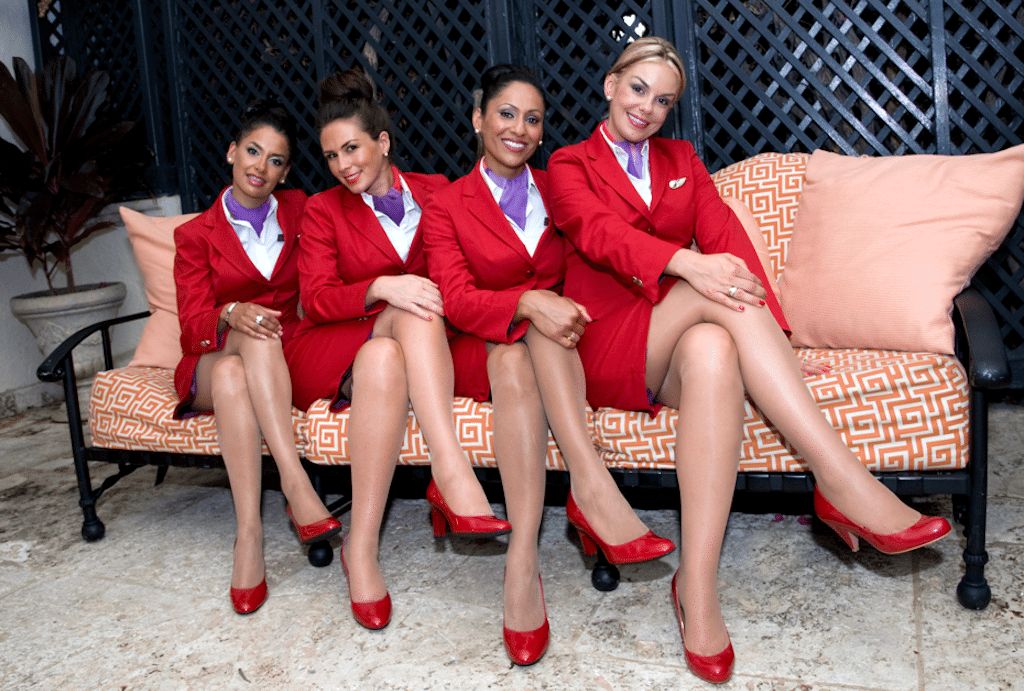Skift Take
Hostile working conditions pose a serious safety risk to the whole of the flying public.
The “nut rage” Korean Air incident, which led to airline executive and head of cabin service, Cho Hyun-ah, stepping down, shows that even airlines can forget why they have flight attendants onboard in the first place: cabin safety.
Tea, Coffee and nuts are nice, but not essential to survival. Flight attendants may be well-groomed and attractive, but they’re not your date for the duration of the flight.
We spoke with two seasoned flight attendants who share their views on the root of the disconnect between the image and the reality of this one-of-a-kind, non-nutty job.
Not Eye-Candy, but Life-Savers
“What we truly are is safety professionals,” says Doreen Welsh, flight attendant on USAirways Flight 1549, the Miracle on the Hudson. “I really thought that after our incident people might finally get what we're onboard for, but they just don't seem to the get it.”
Flight attendants jolt passengers into taking the actions required to survive when panic sets in, she tells us. “You don't realize the horror. People don't think it's going to happen to them.” Years of recurring emergency training kicks-in when it’s needed most, Welsh explains.
“We had 90 seconds to impact,” she says, “from the time we told we were crashing until we crashed.” In that short span of time, the flight attendants onboard readied passengers for an unprecedented water landing. After impact, they immediately shifted into rescue mode, getting passengers on slide rafts before the aircraft filled with water. “You just have to start doing what you're trained to do,” says Welsh, crediting adrenalin as a trigger.
“Once that adrenalin is rushing thr


